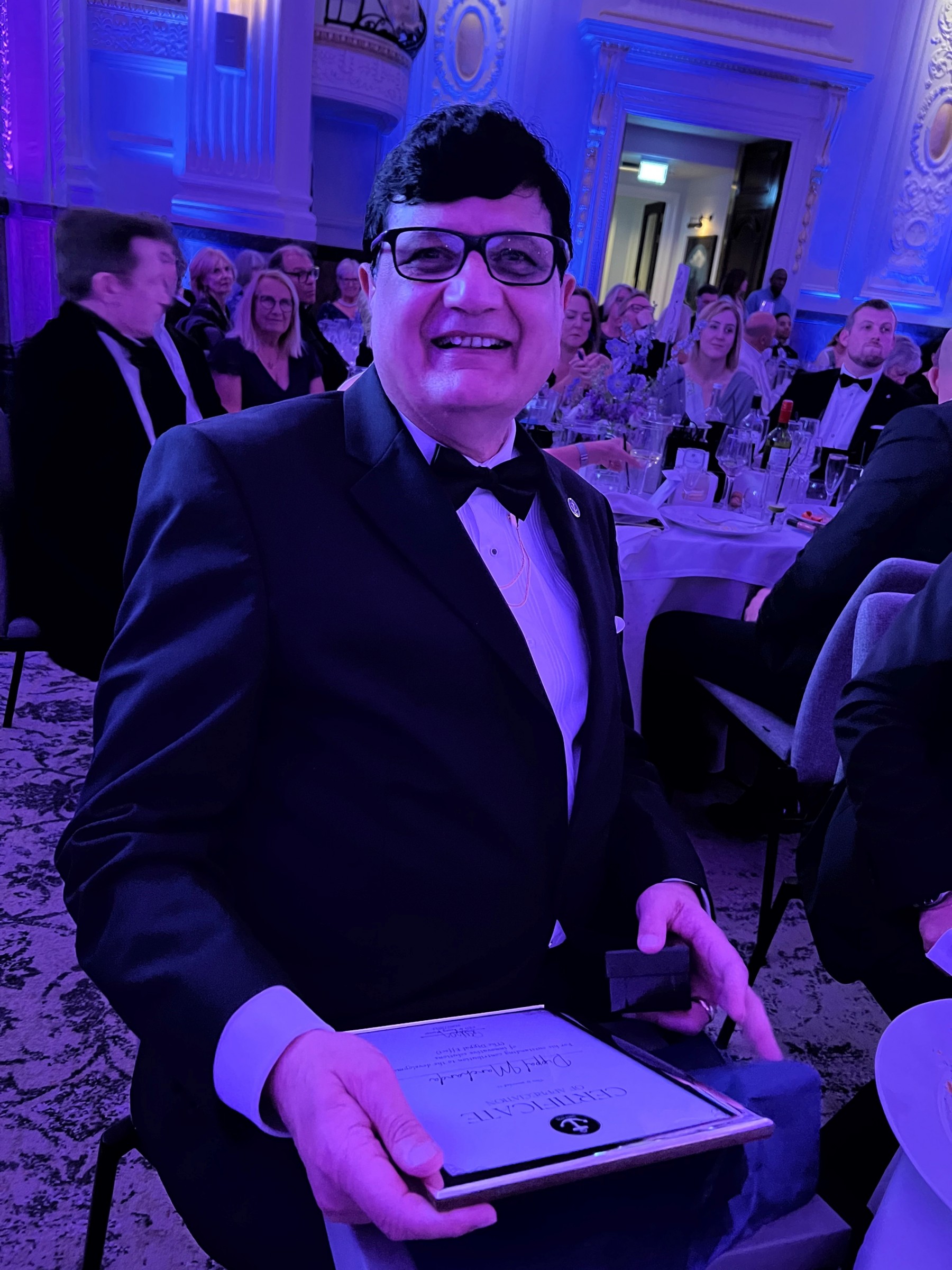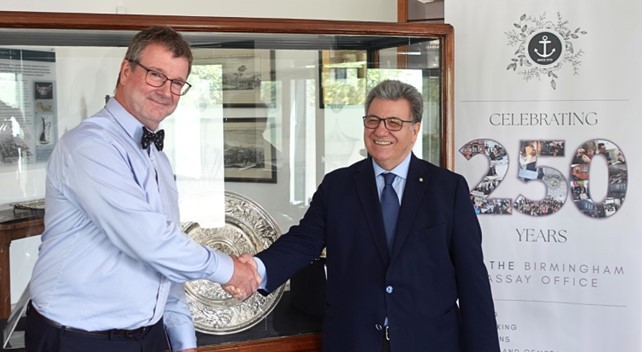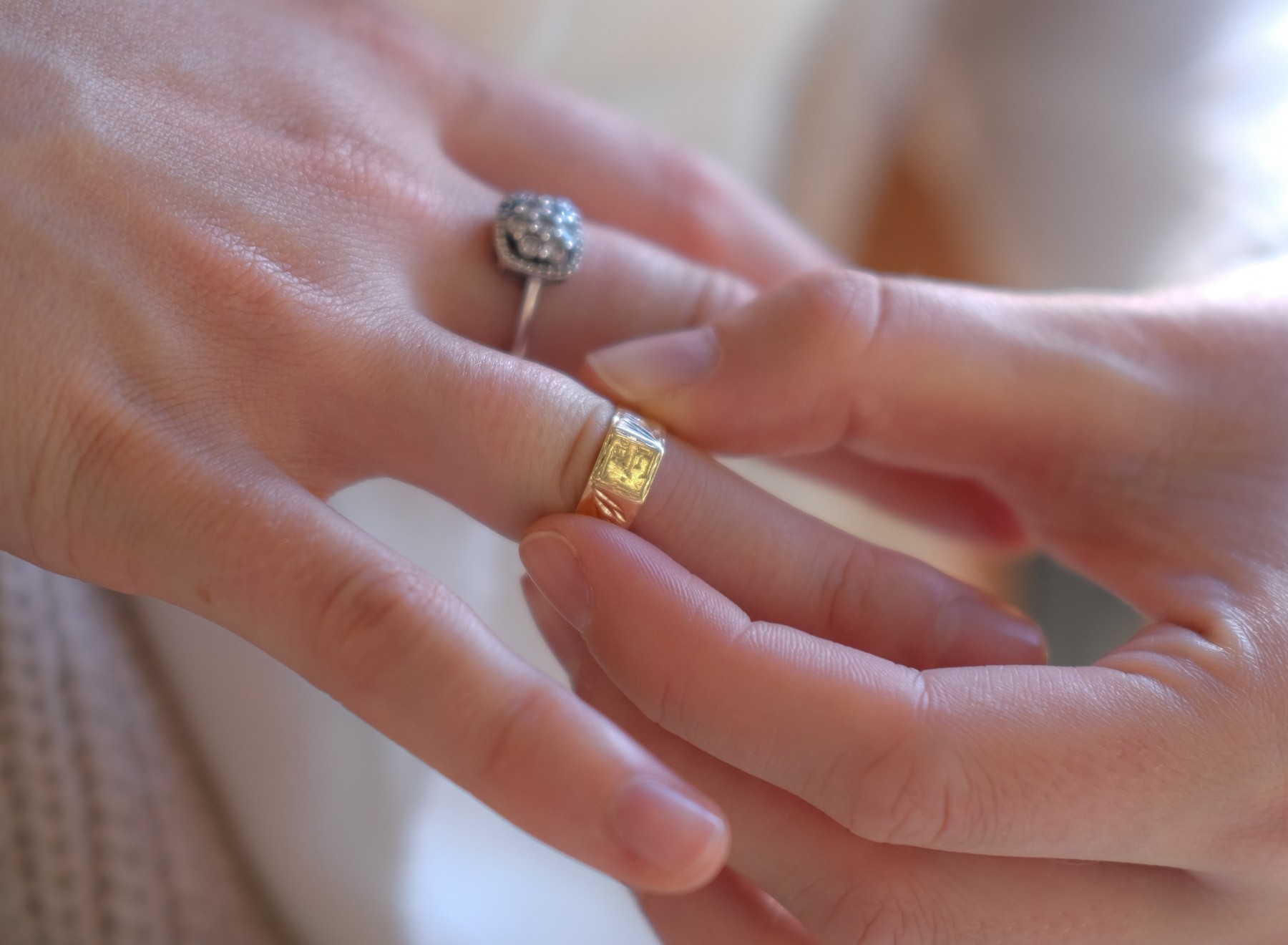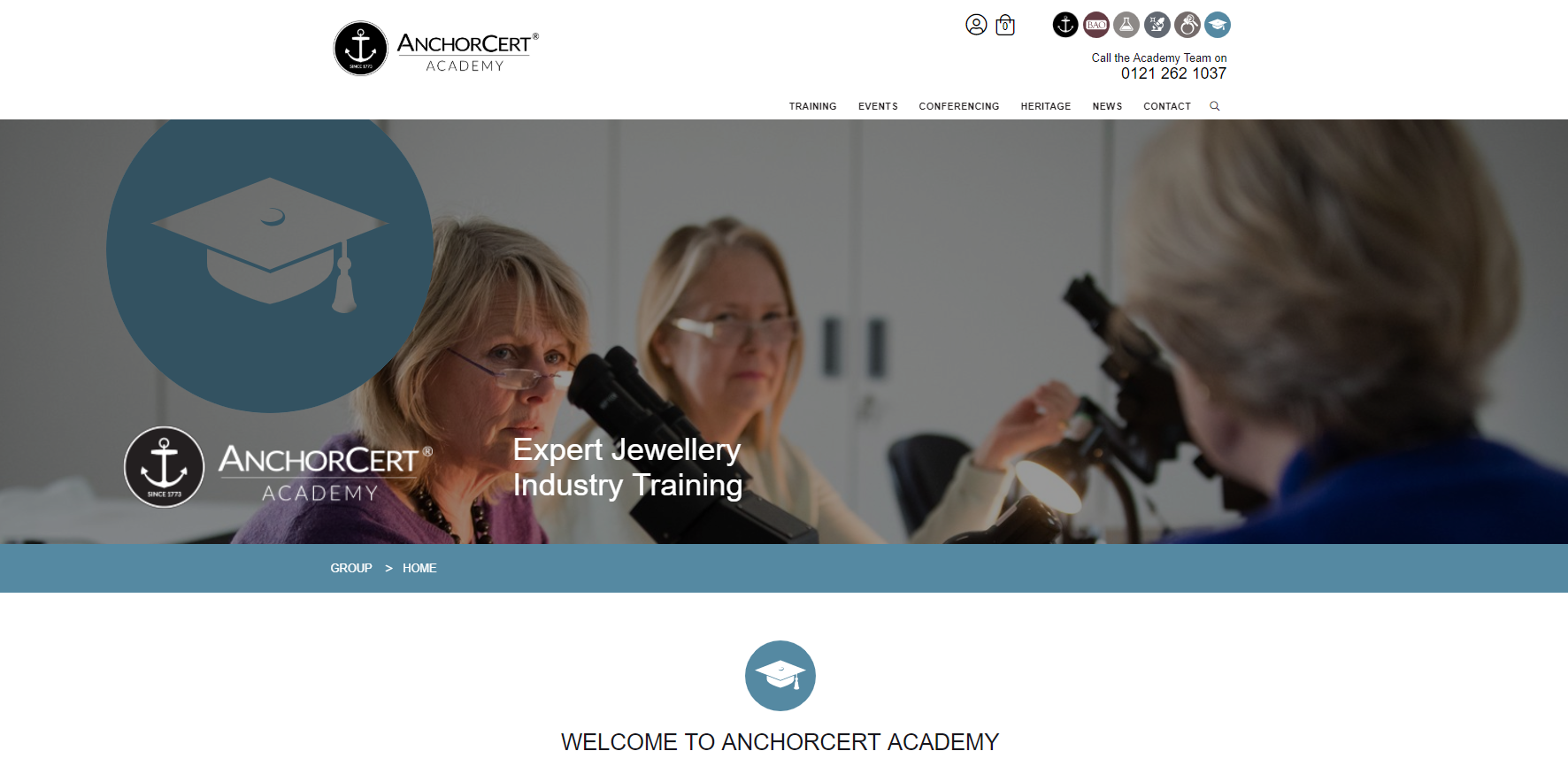Valuing gemset jewellery can be problematic with the growing prevalence of sophisticated treatments and synthetics, but increasingly it is watches that set the valuer the biggest challenge.
The first task is to assess the condition of the watch, establish whether it is genuine and in its original state, an easily replaceable current model or has any rarity value.
 An experienced valuer will usually know instinctively if a piece is 'not right'. It could be a hybrid made up from various original parts from a legitimate source, but which create a product which is not recognised or available direct from the maker. Or it could be a copy or a fake. Where the valuer cannot be certain he may recommend a 'Watch Authentication' when the watch is opened up by an authorised workshop in order to check serial numbers and prove authenticity.
An experienced valuer will usually know instinctively if a piece is 'not right'. It could be a hybrid made up from various original parts from a legitimate source, but which create a product which is not recognised or available direct from the maker. Or it could be a copy or a fake. Where the valuer cannot be certain he may recommend a 'Watch Authentication' when the watch is opened up by an authorised workshop in order to check serial numbers and prove authenticity.
 A changing approach from insurance companies has recently complicated watch valuations further. Where the original model is no longer available the valuer must ensure they do not fall foul of the principle of 'betterment'. This can occur when the finish or functionality of the original model are significantly exceeded by the current alternative. A car driver who crashed a 1982 Ford Escort would not expect to have it replaced with a 2012 Ford Focus, even under a 'new for old' policy and the same applies here.
A changing approach from insurance companies has recently complicated watch valuations further. Where the original model is no longer available the valuer must ensure they do not fall foul of the principle of 'betterment'. This can occur when the finish or functionality of the original model are significantly exceeded by the current alternative. A car driver who crashed a 1982 Ford Escort would not expect to have it replaced with a 2012 Ford Focus, even under a 'new for old' policy and the same applies here.
 In this case valuing the watch at the Nearest Alternative New Replacement Value (NANRV) would not be accepted by most insurers who would instead want the value set at the second hand price for the original model, or a 'resonable compensation value'. In cases such as these dialogue and open discussion with the client and their insurance company is crucial to ascertain what is expected regarding the liability in the event of a loss.
In this case valuing the watch at the Nearest Alternative New Replacement Value (NANRV) would not be accepted by most insurers who would instead want the value set at the second hand price for the original model, or a 'resonable compensation value'. In cases such as these dialogue and open discussion with the client and their insurance company is crucial to ascertain what is expected regarding the liability in the event of a loss.
 For more information on the SafeGuard Watch Authentication Service call 0871 871 6020 or email safeguard@theassayoffice.co.uk
For more information on the SafeGuard Watch Authentication Service call 0871 871 6020 or email safeguard@theassayoffice.co.uk
 An experienced valuer will usually know instinctively if a piece is 'not right'. It could be a hybrid made up from various original parts from a legitimate source, but which create a product which is not recognised or available direct from the maker. Or it could be a copy or a fake. Where the valuer cannot be certain he may recommend a 'Watch Authentication' when the watch is opened up by an authorised workshop in order to check serial numbers and prove authenticity.
An experienced valuer will usually know instinctively if a piece is 'not right'. It could be a hybrid made up from various original parts from a legitimate source, but which create a product which is not recognised or available direct from the maker. Or it could be a copy or a fake. Where the valuer cannot be certain he may recommend a 'Watch Authentication' when the watch is opened up by an authorised workshop in order to check serial numbers and prove authenticity.
 A changing approach from insurance companies has recently complicated watch valuations further. Where the original model is no longer available the valuer must ensure they do not fall foul of the principle of 'betterment'. This can occur when the finish or functionality of the original model are significantly exceeded by the current alternative. A car driver who crashed a 1982 Ford Escort would not expect to have it replaced with a 2012 Ford Focus, even under a 'new for old' policy and the same applies here.
A changing approach from insurance companies has recently complicated watch valuations further. Where the original model is no longer available the valuer must ensure they do not fall foul of the principle of 'betterment'. This can occur when the finish or functionality of the original model are significantly exceeded by the current alternative. A car driver who crashed a 1982 Ford Escort would not expect to have it replaced with a 2012 Ford Focus, even under a 'new for old' policy and the same applies here.
 In this case valuing the watch at the Nearest Alternative New Replacement Value (NANRV) would not be accepted by most insurers who would instead want the value set at the second hand price for the original model, or a 'resonable compensation value'. In cases such as these dialogue and open discussion with the client and their insurance company is crucial to ascertain what is expected regarding the liability in the event of a loss.
In this case valuing the watch at the Nearest Alternative New Replacement Value (NANRV) would not be accepted by most insurers who would instead want the value set at the second hand price for the original model, or a 'resonable compensation value'. In cases such as these dialogue and open discussion with the client and their insurance company is crucial to ascertain what is expected regarding the liability in the event of a loss.
 For more information on the SafeGuard Watch Authentication Service call 0871 871 6020 or email safeguard@theassayoffice.co.uk
For more information on the SafeGuard Watch Authentication Service call 0871 871 6020 or email safeguard@theassayoffice.co.uk
Your item has been added to the basket
You need to create an account, or login before you can add this item to your basket.







